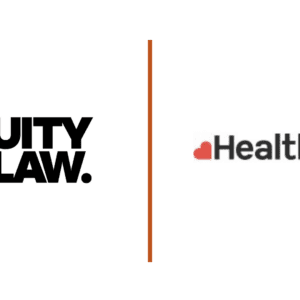Advertising and marketing – the new equalities frontier?
Since the introduction of the Equalities Act in 2010, the equalities focus of most employers has been on the employment relationship. On one level, this is entirely understandable – the vast majority of equalities litigation is in the field of employment law and tribunal claims are at 35,000 to date and rising following the abolition of fees.
What is less widely appreciated is that the Equalities Act 2010 was also intended to combat discrimination in wider society and that employers have duties which go far wider than those owed to their employees. A current example of this is in the field of advertising, in which the Advertising Standards Agency has recently initiated a clamp down upon the use of 'harmful gender stereotypes' in a wide variety of advertising, including traditional broadcast and print media but also online and social media.
The focus of the ASA initiative is on stereotypical portrayals of gender which could cause 'serious or widespread offence' or could play a part in 'limiting people's potential'. Examples given are a man having his feet up whilst a woman cleans or a woman failing to park a car.
The initiative was introduced following a review which measured public responses to a number of adverts, including a 2017 advert for formula baby-milk which showed baby boys growing up to be engineers and mountain climbers and baby girls growing up to be ballerinas. The ASA found that parents 'queried why these stereotypes were needed' and felt that they 'lacked diversity of gender roles' and 'did not reflect real life.'
The ASA outlined its new rules at the end of 2018 with advertisers given 6 months to prepare for their introduction. The ASA has a wide range of enforcement powers and has said that it will deal with complaints on a 'case-by-case' basis looking at 'content and context' to determine if laws have been broken.
This can be seen as part of a wider global trend which has led to the recent steps taken by the social media giant Facebook to block discriminatory adverts for housing, employment and credit by preventing advertisers from targeting users based upon race, gender, age and postcode.
Facebook is responding to criticism by civil rights campaigners who have argued that the 'micro-targeting' of advertising towards specific user groups encourages a bigoted and prejudiced worldview. This has included job adverts in male dominated fields being targeted exclusively towards male users and disturbing instances of advertisers targeting users based upon offensive categories.
It remains to be seen how effective these measures will be and the extent to which organisations such as the ASA will follow through with enforcement action. However, what is clear is that employers need to think carefully about equalities in how they represent themselves and market their products and services. We would suggest the following practical steps for employers:
- Think about the message you are trying to promote
- Think about the written content and the visual imagery you are using
- Consider whether this content could promote harmful stereotypes relating to protected characteristics such as gender, race, disability and age
- Assess your advertising and marketing campaigns for their equalities impact before you go public
For more information, please contact Claire Knowles in our employment team.






